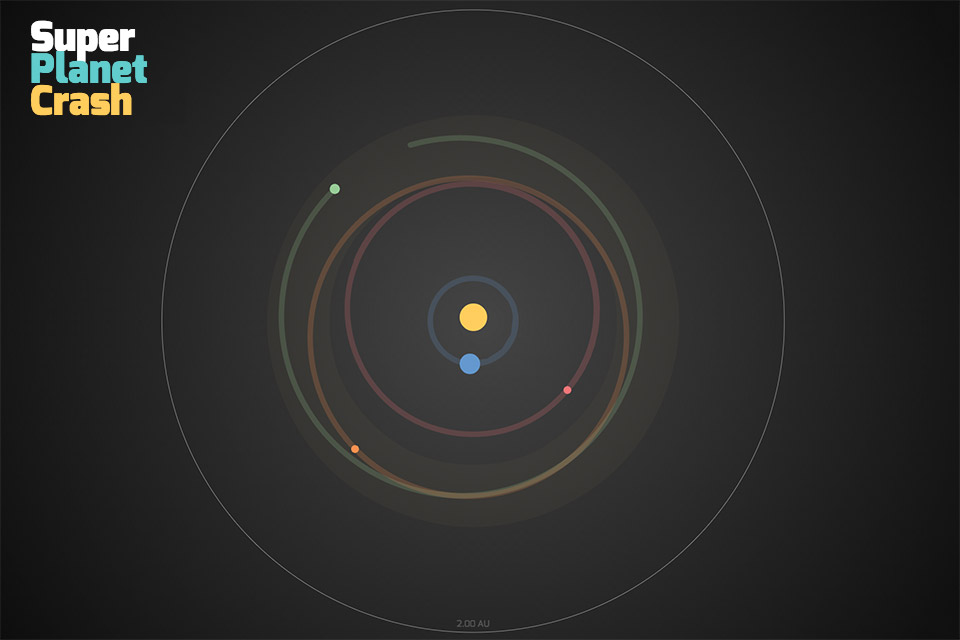
We have all heard about the problem of the oceans getting cluttered up with plastic. Unfortunately, solving the problem of marine plastic pollution is not as simple as picking up all of the pieces of plastic. While a lot of plastic pollution is concentrated in the gyres, it is not floating in a single mass on the surface. Pieces of plastic are distributed vertically, through the water column. Plastic breaks down into tiny particles in the ocean, making clean-up efforts very difficult. One of the many challenges of cleanup is how to remove the plastics from the ocean without also removing or damaging marine life.
The Natural Resources Defense Council website has lots of information related to the problem. They also describe some of the possible solutions as also being problematic. This is what they say about bioplastics and their marketing:
“The term “bioplastics” is increasingly being used to refer to a wide range of products, some of which are primarily or entirely plant-derived, others of which contain fossil-fuel-derived plastic, and all of which might be biodegradable, compostable, recyclable, some combination, or none of the above. While many companies are marketing these products as “green” alternatives to traditional plastics, the reality is more complex. Even biodegradable and compostable plastics are typically designed to break down efficiently only in commercial composting systems; on land or in water, these plastics generally persist long enough to cause potential hazards to water systems and wildlife. Any plastic, regardless of whether it is derived from plants or from fossil fuels, should be properly disposed of, and ideally should be recyclable and/or compostable to avoid the need to landfill.
Besides the issues related to improper disposal, production of bioplastics is also potentially problematic. Corn-based bioplastics are some of the most widely available bioplastics today — while these represent a positive step in the growing market toward finding alternatives to non-renewable, fossil-fuel-derived plastic, they rely on the production of corn, which raises concerns about agricultural impacts on land use, food production and global warming. These production impacts are all significantly reduced by specifying bioplastic products made from waste-based agricultural residues (residues left over after harvest from an existing agricultural land use which would otherwise be treated as waste). Replacing some current plastics with renewable bioplastics (especially those made using agricultural residues) is a promising way to reduce our reliance on fossil fuels, but more research is needed to develop better products which will reduce the reliance on non-renewable resources and address concerns associated with marine plastic pollution”.
Interesting food for thought, so bioplastics do not seem to offer a solution. What we need to do is stop putting plastics into the oceans and try to get the plastic out that is already there.
The Ocean Clean up organization believe they have found a viable way to proceed with the removal part of my great plan, and have launched a crowdfunding appeal to raise the money to put their idea into full production. 19-year-old Boyan Slat has been leading a team that have designed a system that helps the ocean to clean itself. The system uses a series of solid floating barriers that are placed in the ocean. The currents and wind force the ocean to pass under the barriers, but anything that floats or is neutral in the water (plastic for example) cannot pass and so is collected in the boom. The plastic collected can then be reused. The website has a more detailed explanation and a glossy video.
This concentration of the waste means that it can then be removed from the booms easily, and at much lower cost both economically and environmentally that using other methods. Check out the concept here.
So all they need is to raise $2 million to step up into the next phase. At the time of writing the crowdfunding campaign has raised more than $765,000, and with 80 days to go it looks hopeful to me. If you have a few quid to spare it might be a good investment.
Readers might like to have a look at a post I wrote earlier this year about the INSS meeting in Charlotte. The post includes a review and photos of an art installation called “The Real Toy Story”, that includes a giant baby stuffed with waste plastic taken from the sea.

